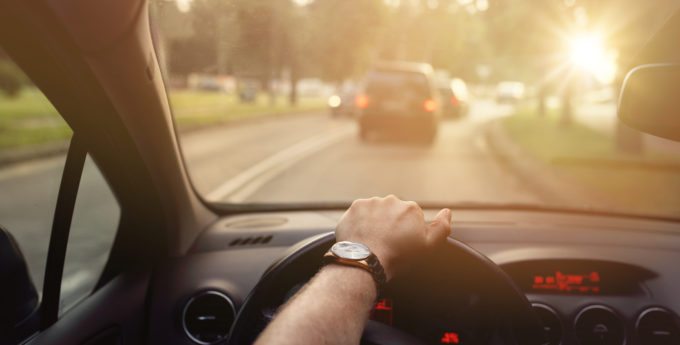Navigating BC’s Distracted Driving Laws
Jul 16 2020
With borders closed and flights grounded, many British Columbians will be taking to the road to enjoy our beautiful province for summer vacation. Drivers may have difficulty navigating through BC’s distracted driving laws and the use of cellphones or other electronic devices while operating their vehicles.
The BC Courts have made three recent decisions which provide clarity about the use of electronic devices when driving.
Law:
Section 214.2 of the Motor Vehicle Act (“MVA”) prohibits a person from using an electronic device while operating a motor vehicle.
Electronic devices are defined as including a “handheld cell telephone or another handheld electronic device capable of transmitting or receiving electronic mail or other text-based messages”.
The MVA prohibits drivers from holding an electronic device in a position in which it may be used, operating one or more of the device’s functions, or communicating orally through the device with another person or another device.
Recent Developments:
In R v. Partridge (2019 BCSC 360), the BC Supreme Court held that a cell phone wedged between the front seats of the driver’s vehicle was not a violation of BC’s distracted driving laws because “the mere presence of a cell phone within sight of a driver is not enough to secure a conviction”.
In the recent decision of R v. Rajani (2020 BCSC 779), the court considered whether it is a violation of BC’s distracted driving laws for a driver to have a cell phone placed on his lap, or wedged between his thigh and the seat, with the screen facing up. In this case, police had pulled the driver over and issued him a ticket after seeing him look down while driving. Upon approaching the vehicle, the officer observed the driver’s cellphone connected to a charging cord but placed on his right lap. On appeal, the BC Supreme Court found that having a phone anywhere in a driver’s lap amounts to holding it and is therefore a violation of section 214.2 of the MVA. The Court’s reasoning was that to interpret “holding” as being restricted to an action only done with one’s hands would be inconsistent with the scheme of the MVA provisions.
In another recent decision, R v. Tannhauser (2020 BCCA 155), the BC Court of Appeal found that a cellphone with no functionality but held in a position in which it may be used, constitutes a violation of the MVA. The driver received a ticket after police caught him holding his company issued cellphone at the top of his steering wheel while operating the vehicle. The driver disputed the ticket, claiming that he was not using the cellphone since it was disabled by an app when the vehicle was in motion.
The BC Supreme Court agreed with the driver, finding that a disabled cellphone does not meet the definition of an electronic device because it lacks functionality. The Court found that because the cellphone could not be used, it was no different than a cup of coffee, a brick, or any object in the vehicle, and was therefore not an electronic device under section 214.1(a) of the MVA. However, the BC Court of Appeal reversed this decision, finding that a disabled cellphone is only temporarily disabled and is therefore still considered an “electronic device”. In order to not be considered an electronic device, the cellphone must not have any capacity to make calls or send electronic data. Since the driver’s cellphone was only temporarily disabled, the Court of Appeal held that it was still an electronic device and that the driver committed an offence when holding it while driving. The Appeal Court reasoned that the BC legislature would have explicitly created an exception for non-functioning devices if intended for disabled devices to be exempt from the distracted driving provisions.
Reconciling the Recent Developments:
These new decisions offer further insight to drivers about what they can and cannot do with their electronic devices when driving
It is clear that simply having your cell phone in your vehicle and not touching it, for example by placing it in your cupholder or on the passenger seat, does not constitute ‘use’ of the cellphone and is therefore not a violation of the MVA provisions.
However, having your cellphone in your lap, under your thigh, or in between your legs is considered to be ‘holding’ it and is therefore a violation of the MVA provisions. Even if the cellphone is turned off, dead, or disabled by an app, it is still considered to be an electronic device. Therefore, drivers must not ‘hold’ such devices while operating their vehicles.
Drivers who need to use their cellphone at any time while driving must ensure that they are legally parked off the road before doing so. However, drivers are permitted to use their electronic devices when they are using the “hand-free” function and that device is mounted to their vehicle on a cellphone holder or some other mechanism.

